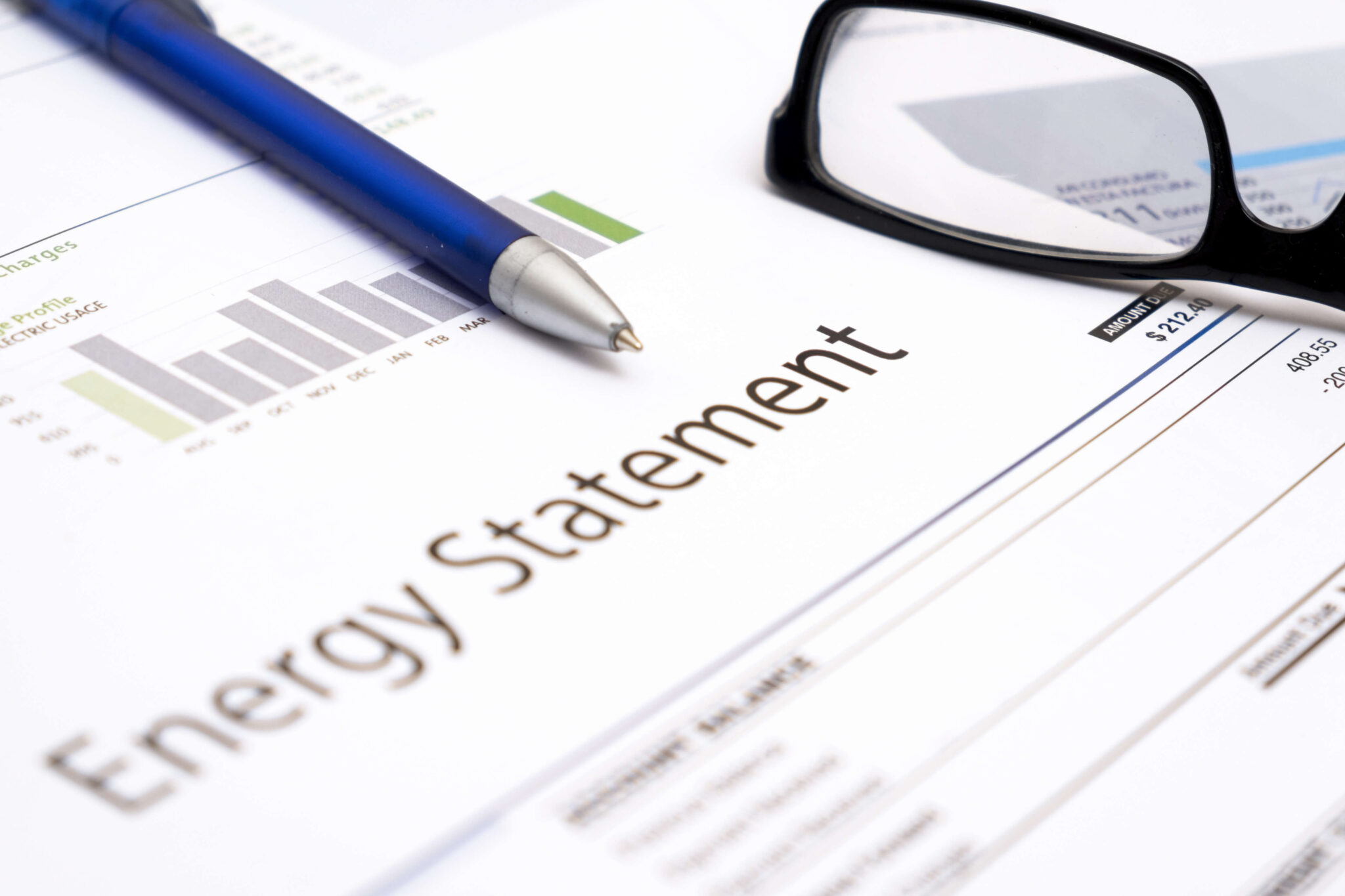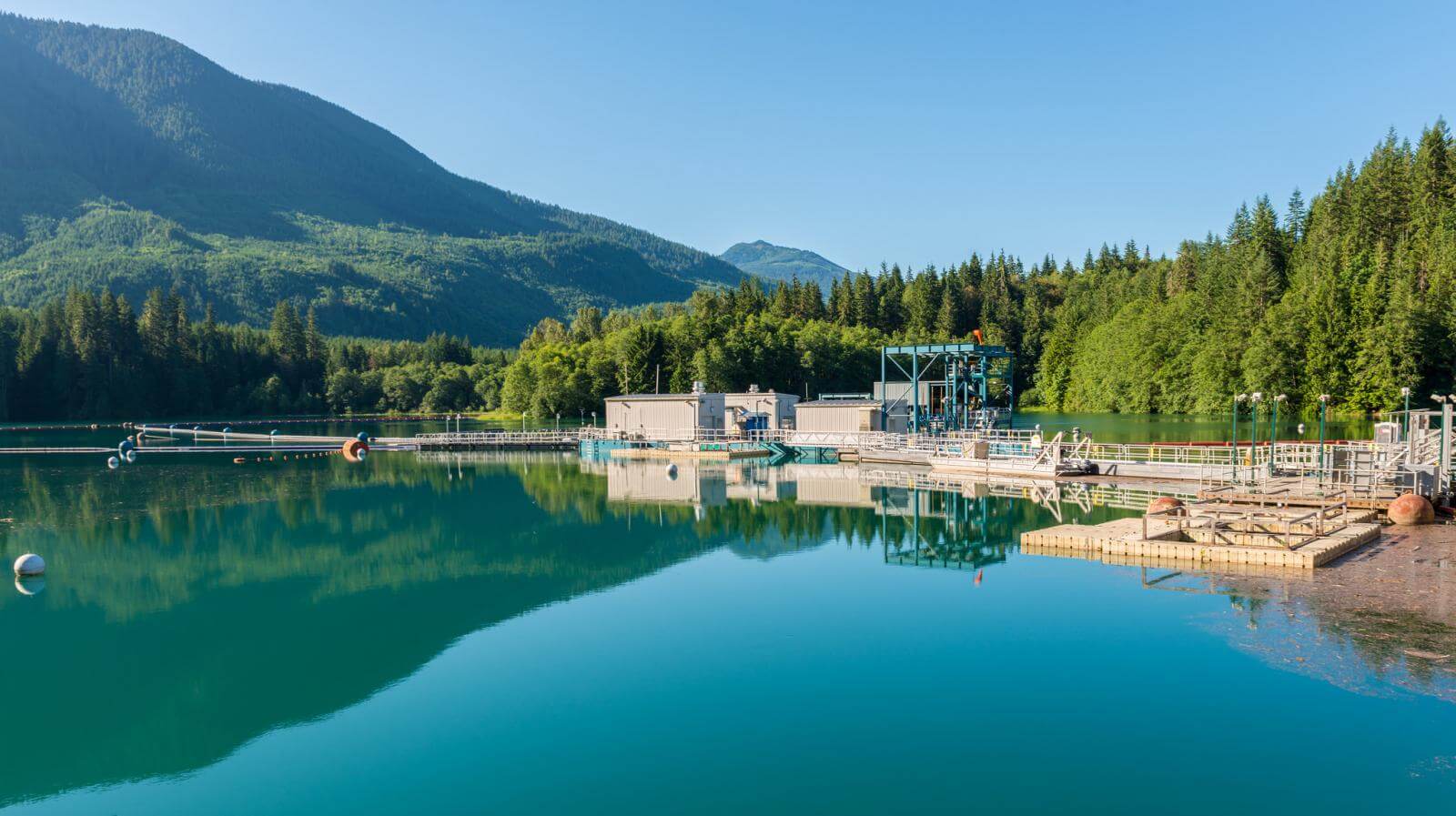At The Whim of Utility Providers
PSE has increased its electricity rate by 2% annually in the last ten years. This year on February first, they submitted a request to increase the rate by a whopping 12.9% with the Washington Utility and Transportation Committee (UTC). A rate increase that blows the national average of 3.5% for electrical utility escalation out of the water is a painful reminder of how powerless many of us are against these big utilities.

How This Rate Affects Your Utility Bill
Current PSE customers see a kWh charge of $0.096 for the first 600 kWh used. Then a kWh charge of $0.116 for any electricity used past 600 kWh. A payment structure that is meant to incentivize energy conservation, but with more and more appliances and vehicles going electric, many customers find themselves regularly in the higher usage tier. An increase of 12.9 % would effectively raise these rates to $0.108 and $0.130, averaging an increase of $12 of electricity costs per month. Furthermore, the second year of this program will increase the rate by an additional 2.7%.
It’s not just electricity that is getting more expensive either; natural gas users will also see an increase of 11.9% in their gas rate. That’s a dramatic rise in gas rates, and it deviates from the decline in natural gas prices we’ve seen in the last decade.
As Washington homeowners continue to electrify their day-to-day appliances and means of transportation, they will be paying more to energize their lifestyle.
Funding For Projects and Programs
At first glance, these rate hikes may seem like a way for PSE to cover their costs due to the higher electricity demand. PSE notes that it is also a way to prepare for critical infrastructure changes needed for a more carbon-free grid. From implementing larger-scale energy solutions such as the Baker River hydroelectric project to the Meter Upgrade Project, which is crucial to scaling residential level solar projects for homeowners, homeowners can expect to bear the burden of PSE’s ongoing projects.
PSE plans to use at least a portion of their increased revenue for projects that align with the 2030 and 2045 carbon-reduction targets set in 2019 by the Washington Clean Energy Transformation Act (CETA), signaling a step in the right direction environmentally. Also, a $10 million per year plan to expand programs that assist low-income and economically disadvantaged customers, such as the Low Income Home Energy Lifeline Program, ensures an equitable distribution of benefits.

The Beginning of A New Norm
Proposals to increase the rate of electricity costs like PSE have recently submitted signal the beginning of a trend that will become more and more common among electrical utility companies. Specifically, As more and more homeowners adopt EVs and electrify their homes, utilities will need to modernize their infrastructure to handle the additional demand. And homeowners can expect to be the ones who pay for it.
For homeowners and businesses, knowing how much energy they use is the first step to understanding how rate increases will affect them. Northwest Electric and Solar is your one-stop shop to begin your journey to managing how you use, store, and generate your electricity.


